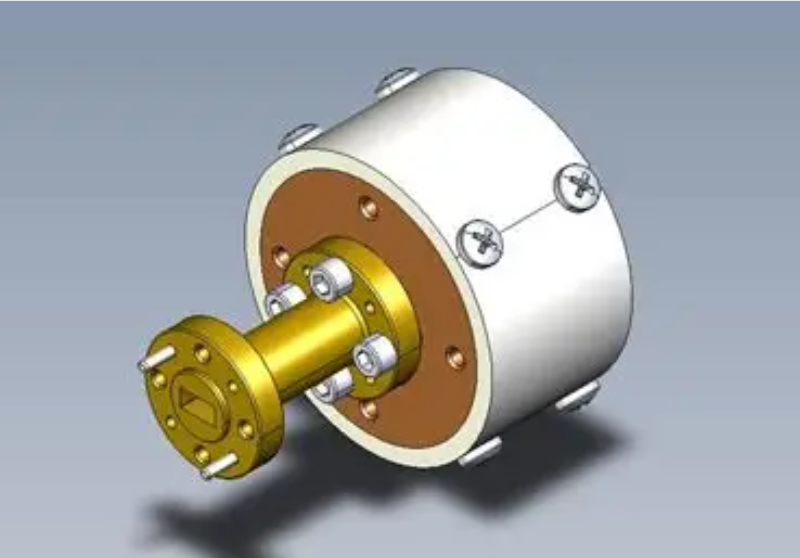Introduction
Waveguide antennas represent a critical class of high-frequency electromagnetic wave transmitters and receivers, offering unparalleled performance in microwave and millimeter-wave applications. Unlike conventional coaxial or microstrip antennas, waveguide antennas utilize hollow metal pipes or dielectric structures to guide electromagnetic waves with minimal loss and distortion. These antennas are essential in radar systems, satellite communications, and high-speed wireless links where signal integrity and power handling are paramount.
This article explores the fundamental principles of waveguide antennas, their advantages over common antenna types, and their diverse applications across industries. Whether you're an RF engineer, a network architect, or a technology enthusiast, understanding waveguide antennas will provide valuable insights into high-frequency wireless communication.
How Waveguide Antennas Work
Waveguide antennas operate by confining and directing electromagnetic waves through a hollow, conductive structure. The antenna typically consists of a waveguide feed connected to a radiating element, such as a horn or slot array. Key operational principles include:
Wave Propagation: Electromagnetic waves travel through the waveguide via transverse electric (TE) or transverse magnetic (TM) modes, reducing energy loss compared to traditional transmission lines.
Impedance Matching: The transition from waveguide to free space is carefully designed to minimize reflections and maximize power transfer.
Directional Control: Waveguide antennas often incorporate horns or lenses to shape the radiation pattern for specific coverage requirements.
These antennas excel in high-frequency ranges (typically above 1 GHz), where conventional transmission lines suffer from excessive attenuation.
Advantages Over Common Antenna Types
Waveguide antennas offer several distinct benefits compared to standard dipole or patch antennas:
Low Loss Transmission: Waveguides exhibit significantly lower attenuation than coaxial cables or microstrip lines at high frequencies, making them ideal for long-distance and high-power applications.
High Power Handling: The robust metal construction allows waveguide antennas to handle kilowatts of power without degradation, unlike PCB-based antennas.
Excellent Signal Integrity: The enclosed structure provides superior shielding against external interference, ensuring clean signal transmission and reception.
Wide Bandwidth Capability: Certain waveguide designs, such as ridged or double-ridge waveguides, support ultra-wideband operation without compromising performance.Environmental Resilience: Sealed waveguide structures are inherently weatherproof and resistant to corrosion, making them suitable for outdoor and harsh environments.
Applications Across Industries
Waveguide antennas find use in numerous high-performance scenarios:
Radar Systems: Their high power handling and precise radiation patterns make waveguides ideal for military and air traffic control radar.
Satellite Communications: Waveguide horn antennas are commonly used in ground stations and satellite payloads for their efficiency and reliability.
5G and mmWave Networks: As wireless systems move to higher frequencies, waveguide antennas enable efficient mmWave signal distribution.
Radio Astronomy: Large waveguide-based dishes capture faint signals from deep space with minimal noise.
Industrial Heating: Microwave heating systems use waveguide antennas to direct energy for material processing.
Conclusion
Waveguide antennas remain indispensable for high-frequency, high-power wireless applications where performance cannot be compromised. While they may not replace common antennas in consumer devices, their superior characteristics ensure they will continue to play a vital role in critical communication, radar, and scientific systems for the foreseeable future.


